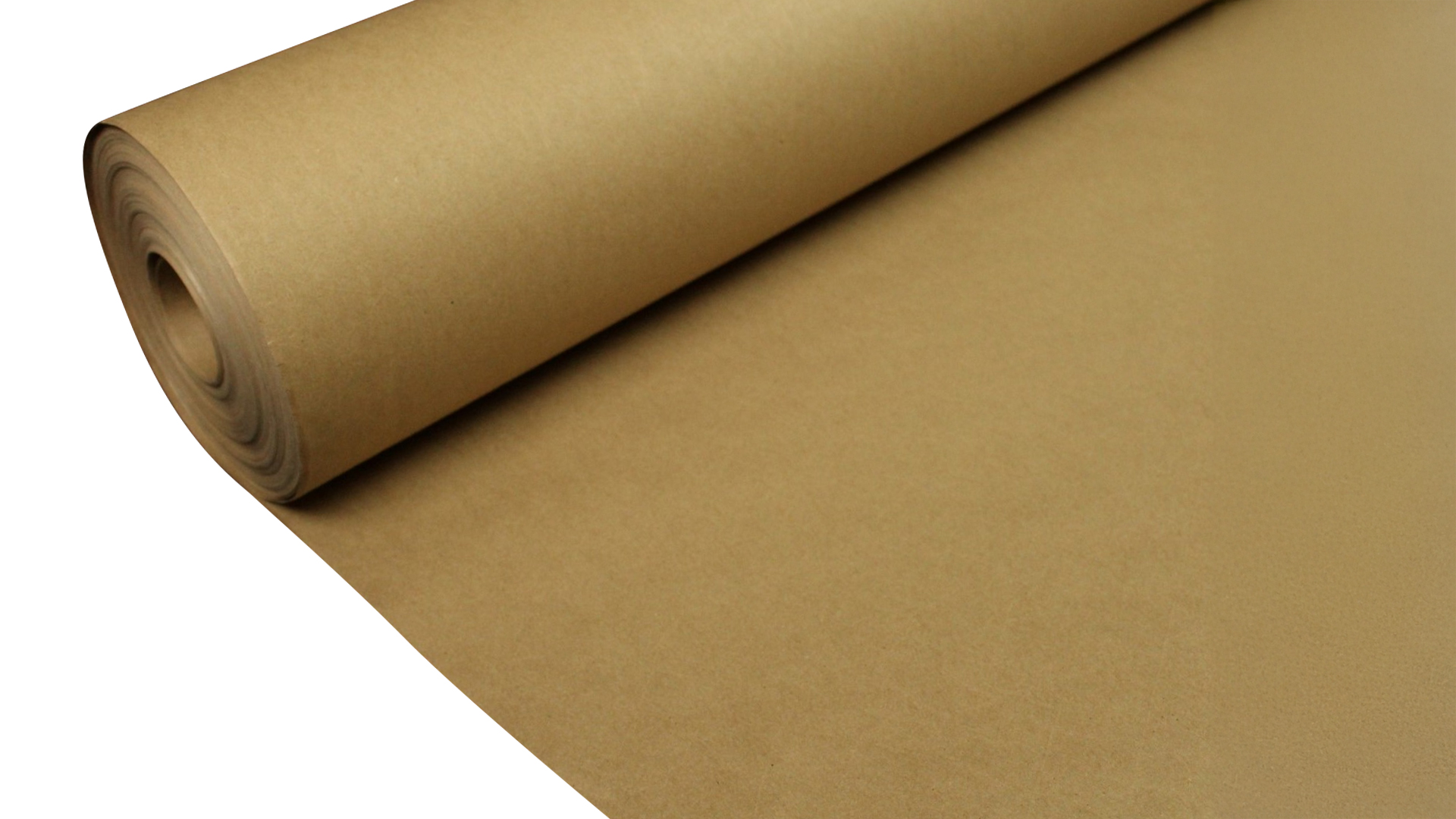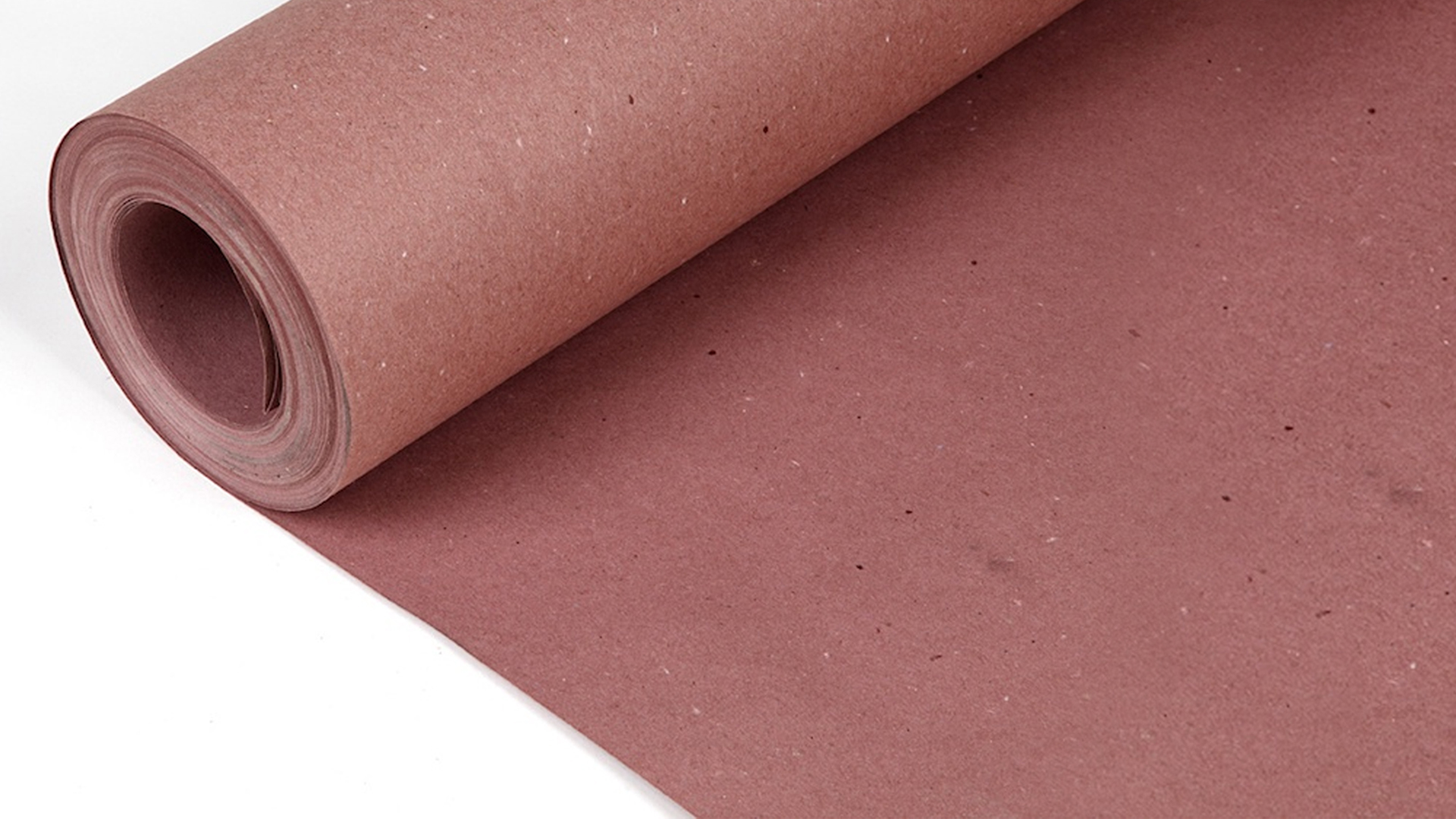The paper used for temporary floor protection is thicker and can withstand water spills, paint splatters, scratches, and even foot traffic. They are also breathable, which allows the floors underneath to continue curing.
This guide will explain where paper floor protection is used, the types of paper used, and their protective qualities. Read on to find the right flooring paper for your project needs.
Where Is Paper Floor Protection Used?
Like most floor protection options, flooring paper covers hard surfaces, including hardwood floors, laminate flooring, and even carpets during painting, construction, and renovation projects. It typically comes in rolls, making installation straightforward. Just roll it out and tape it down with low-tack or reinforced tape to keep it in place in high-traffic areas and where debris is likely to accumulate.
For instance, you’re having new flooring installed in your office, but the rest of the building still has existing hardwood floors. Place paper floor protection over the hardwood areas. Doing so will protect the surface from scratches and impact damage during the renovation process.
But what type of paper is used for this category of floor protection?
Paper Floor Protection Options
Paper can be a durable choice for floor protection when you use the right materials. Below, you’ll find three commonly used papers for this purpose:
1. Reinforced light kraft paper

Light kraft paper is, in fact, the most durable and heavy-duty option. It is twice as thick as builder’s paper, due to increased sulfur and decreased lignin content during production. This stronger paper is much more durable and resistant to piercing than other alternatives.
Tuffcard exemplifies these qualities. This strong, hard-wearing board on a roll is designed to cover floors and surfaces that provide protection not only from paint splashes and spills but also from impact and other damage. It’s a tougher version of regular cardboard used in packaging or crafts, and thick enough to handle medium foot traffic and heavy-duty impacts.
Tuffcard is suitable for all types of floor surfaces, including newly laid screed floors, as it allows the floor to breathe naturally during the curing process - a feature not found in ordinary cardboard. Plus, it’s flexible enough to be used on worktops, tabletops, and stair treads.
2. Rosin paper

Rosin paper, also known as red rosin paper, is a heavy-duty, single-ply sheathing felt that is used as a surface protection or underlayment. It’s made from recycled paper pulp or fibres, with a distinct red colour achieved through dyes added during production.
The waxy surface of rosin paper makes it resistant to moisture and is durable enough to withstand foot traffic and light construction debris. It’s ideal for protecting tiles, hardwood floors, countertops, windows, fixtures, and various other surfaces.
3. Builder’s paper

Builder’s paper is a great alternative to rosin paper but is not as durable as kraft paper. It’s a type of construction paper that can be used as a paint drop cloth and runner, providing temporary floor protection for low-traffic areas against paint, scratches, dirt, and debris.
Consider the specific requirements of your project and the type of work you’ll be doing on the surface, as these factors will influence your decision on which flooring paper type you should go for.
Get your Tuffcard rolls today at SP Group! While you’re at it, check out our range of temporary floor protection. We recommend Floorgard Corry Board for long-term use and demanding projects that use corrugated sheets like correx. Contact us via hello@s-pgroup.com or call +44 (028) 9442 8611. SP Group is a temporary floor protection supplier based in the UK and Ireland.